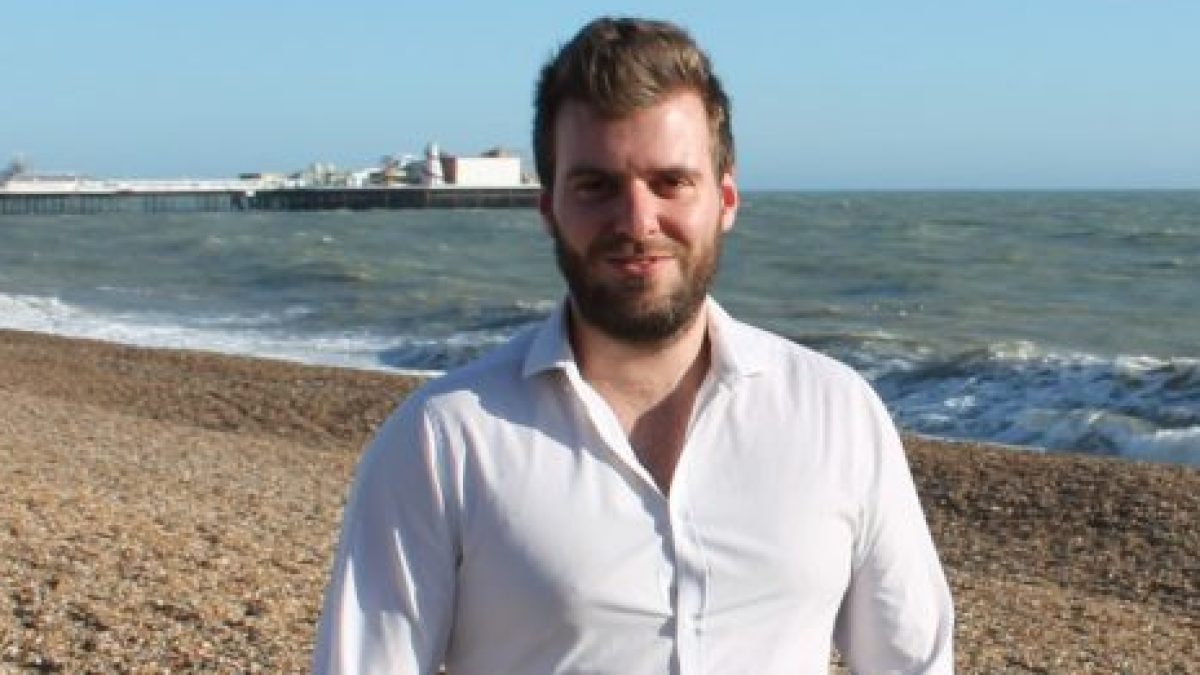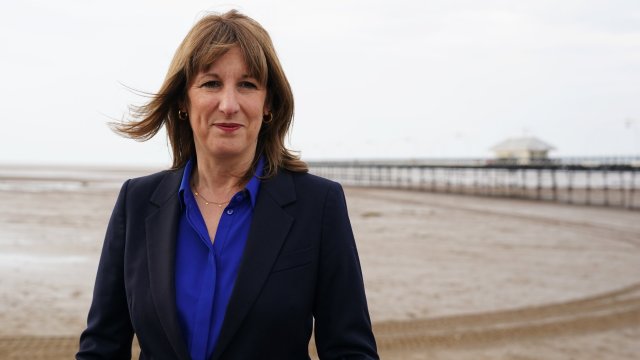Tom Bourlet, 38, has been putting it off for years because he knows the moment he checks, he will have to up the amount he is investing
Tom Bourlet has never checked how much is in his pension pot – because he fears there won’t be enough in there.
The 38-year-old, from Brighton, thinks he has four separate workplace pensions, but does not know for sure.
He started paying into the first one in 2012, but soon after this, he switched to being self-employed.
This lasted for five years and self-employed people do not get pension contributions unless they pay in themselves.
Tom did not, which left a big gap in his savings history. Adding to this, after returning to employment, he only paid the minimum level into his retirement pot required under auto-enrolment.
In a new role now, he’s decided to change tack.
“I started my new role recently and have requested my contribution is increased by 3 per cent more [than the minimum]. I’m thinking even that might not be anywhere near enough to make up for that gap,” he said.
Many find pensions frightening, research by pension firm Standard Life has revealed, as one in 10 say they feel too overwhelmed to even look, and nearly a third have no idea how much they’ve saved so far.
Those who are unable to face their pension fears might find that they are under-saving for retirement – but even small changes, like the one Bourlet made, can make a big difference.
Standard Life analysis shows that someone earning £25,000 and paying the minimum auto-enrolment contribution – five per cent employee, five per cent employer – from age 22 could build a pension pot of £210,000 by age 68, adjusted for inflation.
But someone who faced their pension fears, realised they were set to fall short of their retirement expectations and increased their contributions by two per cent at the age of 30 could boost that to £252,000 – £42,000 more, in today’s prices.
Bourlet, who works as the head of marketing at Modern World Business Solutions, has been putting off checking his pension for years because he knows the moment he checks, he will have to up the amount he is investing.
He is also hoping a Department for Work and Pensions’ (DWP) pensions dashboard, which is expected to launch to the public in late 2026 or early 2027, will help him track down lost money.
He added: “I honestly don’t know much about my pensions but I’m hoping the pension finder that is coming will help me find my pensions. Without it, I might be in trouble because I’m not 100 per cent sure how many pots I have.”
Once it is out there, it will help individuals by bringing together information on all their different pensions, including the state pension, into one secure online place.
This will allow people to see their total retirement savings, find lost or forgotten pensions, and better plan for their future.
In the meantime, before that launches, there is a way to track your old pensions. Use the free online government Find pension contact details website to help you.
Bourlet continued: “I have been more interested in it all this year and I’ve been asking AI for advice and guidance on how much extra I should be saving.”
Your next read
Retirement savings director at Standard Life, Mike Ambery, said he often sees people putting off dealing with their pension savings, but that can mean “storing up a fright for their future selves”.
He said: “A few minutes spent checking your balance or reviewing your contributions today could make a world of difference tomorrow.
“Small changes can cast a powerful spell over your financial future. Even relatively modest increases to your pension contributions can add up to tens of thousands more by the time you retire – thanks to the magic of compound investment growth.”


